How to avoid problems with drawer fronts in tight corners

How to measure your doors and drawer fronts

The most common mistakes people make when replacing their kitchen doors

End panels, infill panels and corner posts

How to measure cornice, pelmet and plinth

How to measure sloping doors

How to avoid problems with drawer fronts in tight corners

How to replace L shape corner cupboard doors

End display shelf units

How to clean kitchen doors
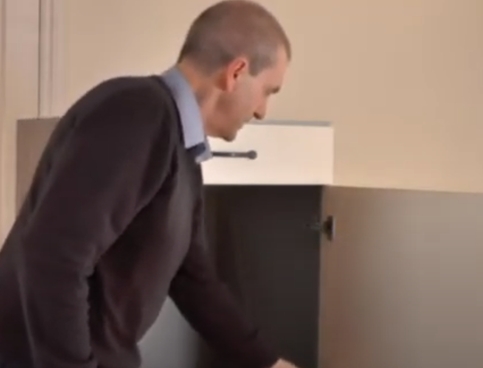
How to fit kitchen doors

How to replace a dishwasher door

How to fit heat deflectors

How to glaze an open framed door
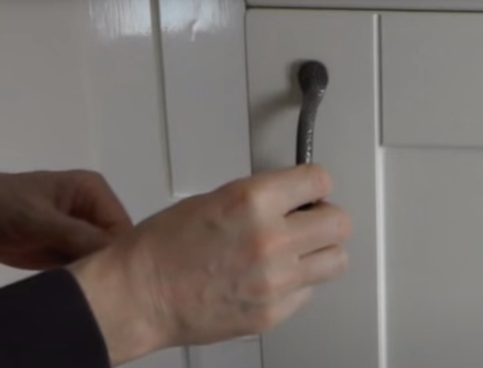
How to fit door handles
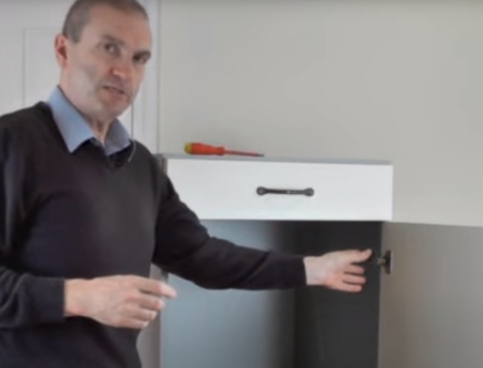
How to adjust kitchen door hinges
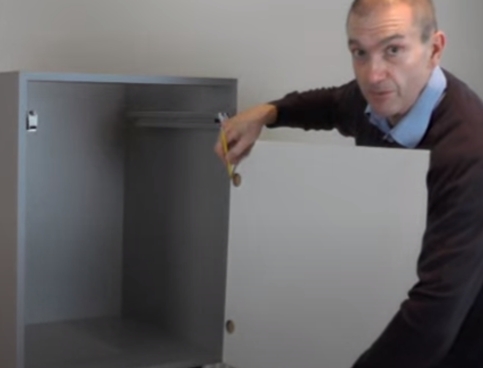
How to fit new hinges

How to fit plywood drawer boxes

How to fit soft close drawer boxes
What Is A Tight Corner?
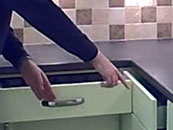
A tight corner is created when a corner unit is fitted with either no corner post, or a very small corner post. A corner post separates cabinets in the corner so that adjacent drawer fronts can open without hitting each other. In some kitchens that were built in the sixties and seventies, handless drawer fronts or drawer fronts with flush fitting handles were popular. It looked really good then, but it now could cause us a problem when you want to replace the drawer fronts with one which have knobs or handles.
If you have an existing kitchen cabinet with a corner post and there is plenty of room then there is not a problem to replace your doors but, if you have no corner post and the drawers butt up against each other, then this guide could be of interest to you. This issue only applies in tight corners where you have drawer fronts. If you do not have drawer fronts and you only have doors then again, this will not be an issue.
As an example, to simulate the problem described above if we were to open a corner cabinet and open the drawer fronts we can illustrate how the problem can be overcome. If there is not a handle on the drawer there won’t be a problem but the minute you put on a handle, especially a wide handle what can happen is that the handle can restrict the opening of the drawer. We have a number of solutions to get round this.
Consider The Handle Size And Design
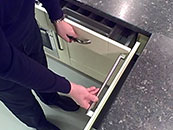
If you have a very wide drawer front then it’s less of a problem than if you’ve got a narrower drawer front. Consider the design of handle that you are going to fit on the drawer fronts. If you have a very wide handle then it’s likely to cause the drawer fronts to clash. However, if you use a narrower handle then the further the drawer can open. Better still, if you fit a knob rather than a handle then it will open to the centre of the drawer which could be a good solution for you.
Another option is using handless doors and drawer fronts, as these do not require knobs or handles, as there is a clever groove in the door which acts as a finder pull. Click here to see a full range of our handles. Petworth and Ringmer from our Trends range are a couple of examples.
Move The Units To Add A Corner Post
You can’t always do this but another option to consider if it is possible is to move the units along slightly to create your own corner and add a corner post which will allow the drawer fronts to pass.
Or How About Creating A False Drawer Front
Another way round it is to actually remove the drawer box and have this as a false drawer front attached to the door below fixed with a couple of brackets from behind. What this does is it removes the need for any kind of handle on the drawer front because it’s only a dummy drawer. However, you can have that as a fully functioning drawer so again, this isn’t a problem that you come across every day but it is something that Kitchen Door Workshop have over the years and we have developed specific solutions to solve this issue.

